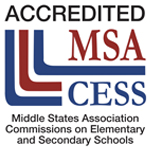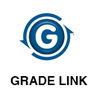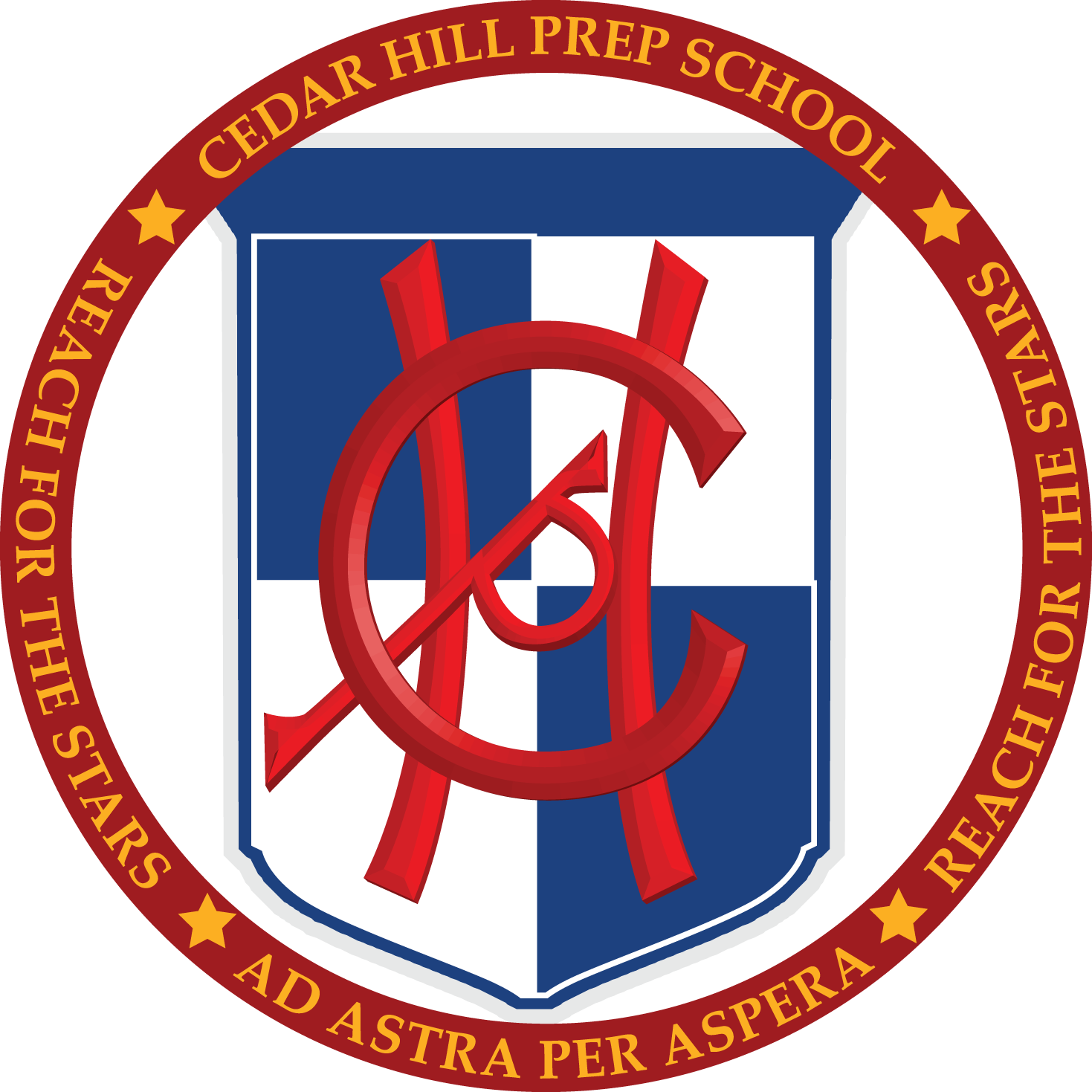

How many times have you seen a news story about a school district’s curriculum and how outdated it is? Or that the school district isn’t teaching a certain type of math, eliminated foreign language, geography, and civic education? Bureaucracy, misuse of educational funds, and political positioning have far too much impact on the educational programs for our children.
Freedom Of Private Schools
What is the singular factor that differentiates a private school from a public school?
Private schools have a singular mission of educating the student while public schools being a function of the social fabric of our country, need to also provide for additional welfare activities besides education.
Private schools have the opportunity to choose their curriculums based on whether their goal is to align with the state standards or the national standards. Did you know that the United States is one of the only countries where the national standards and the state standards have very little correlation? What happens when a student moves from state to state or from the United States to another country? What is the “Bar of Proficiency? What is the real “Standard of Education”? It is important for us to dwell on these concepts.
Massachusetts and Texas have students take standardized tests in all four subjects. In New Jersey, students are only benchmarked on language arts and math! Have you ever wondered or compared curriculums and standards with other states?
Most parents benchmark “academic standards” between towns and make their resident district choices based on the posted results. Are you as a parent, sure that the curriculum in an expensive school district is dramatically different from the curriculum in a middle-class town? They all have to adhere to state standards!
While public schools and their funding mechanisms are tied to the standardized test scores, the No Child Left Behind Act, and Common Core Curriculum standards, private schools can truly focus on “Learning Outcomes” and design curriculums that are aligned to tangible educational goals.
This gives private schools a huge advantage when it comes to curriculum development, direct, explicit instruction, differentiated programs, and enhancement, especially in the current dynamic, technology driven era and with the mindset of providing customized solutions.
In private schools, the curriculum is designed to provide visible learning outcomes and maintain flexibility. The objectives of the curriculum include
- Mastering the concepts and skills specific for each area of study
- Practicing logical reasoning
- Experimentation of new ideas
- Making judgments
- Problem-solving
- Using creative solutions and attaching meaning to what is learned.
Small class sizes and differentiated instruction make the rigorous curriculum very effective in achieving high proficiency levels in mastery of concepts. Student performance is evaluated and benchmarked against the curriculum and accommodations are made as necessary. This is the primary reason students of CHP have consistently been in the top ten percentile of the nation for the last eight years (based on standardized test scores of the Terra Nova Multiple Assessment, 3rd edition).
Did you know that most public schools do not teach grammar, spelling, vocabulary and the most important aspects of Language Mechanics? For the last 15 years, the United States has remained stagnant in terms of the literacy rate — only 56% of the population can read. However, every year we spend billions of dollars on new age curriculums and philosophies which have not made a dent or an upward tick on the literacy rate.
Reading is the most important skill one requires to be a successful adult. There are very few private schools who do not emphasize direct, implicit instruction in grammar, handwriting and the semantics of language. This is why the graduation rate and proficiency skills of their students are very high.
Curriculums are critical to student learning and are designed that the concepts are built brick by brick, seamlessly during the year and as the students progress through the grades to give them a firm foundation. The cognitive skills of a child, namely their working memory, visual reasoning, auditory reasoning, verbal skills, abstract and spatial skills require information to be presented in sequential, repetitive, engaging patterns. These eventually become life skills and ensure a successful adult life.
Result Driven Change, Not Policy Shift
Students need to be assessed at the beginning of the academic year to draw the baseline for instruction. In private schools, student performance is evaluated throughout the year using formative and summative assessments and benchmarked against a horizontal curriculum map.
This helps teachers plan their instruction effectively. Student performance is measured in the following categories — classwork, assignments and projects, homework, cumulative tests and standardized tests. In addition, students with cognitive weaknesses are evaluated on a modified portfolio, thereby accommodating for their developmental handicaps.
Assessments in public school are done to satisfy the norm requirements — the proficiency level. Did you know that a student is considered proficient in language arts and math if they score 50% on their standardized tests? Did you also know that in many public schools a Bronze Honor Roll correlates to a C grade, Silver Honor Roll correlates to a B grade, and the Gold Honor Roll correlates to an A grade. How do we inspire students to reach for the stars when the bar is so low?
In most private schools, students are given an admission test. All incoming students from pre-kindergarten through eighth grade take an assessment test in English and math in order to derive their baseline proficiency. This enables the teacher to suggest remedies, if needed, prior to attending school. For students attending midyear, this assessment greatly facilitates benchmarking the students’ proficiency and the ability for the school to provide supplemental learning tools. The primary goal of the private school is to educate the child.
Strong curriculums and instructional methods where students are taught in a framework to develop as independent learners with strong executive functioning skills fosters individual successes and guarantees positive outcomes.
Finally, students learn best in a safe, caring, and nurturing environment that inspires young minds to achieve academic and personal excellence within the context of a strong, team-oriented community.





